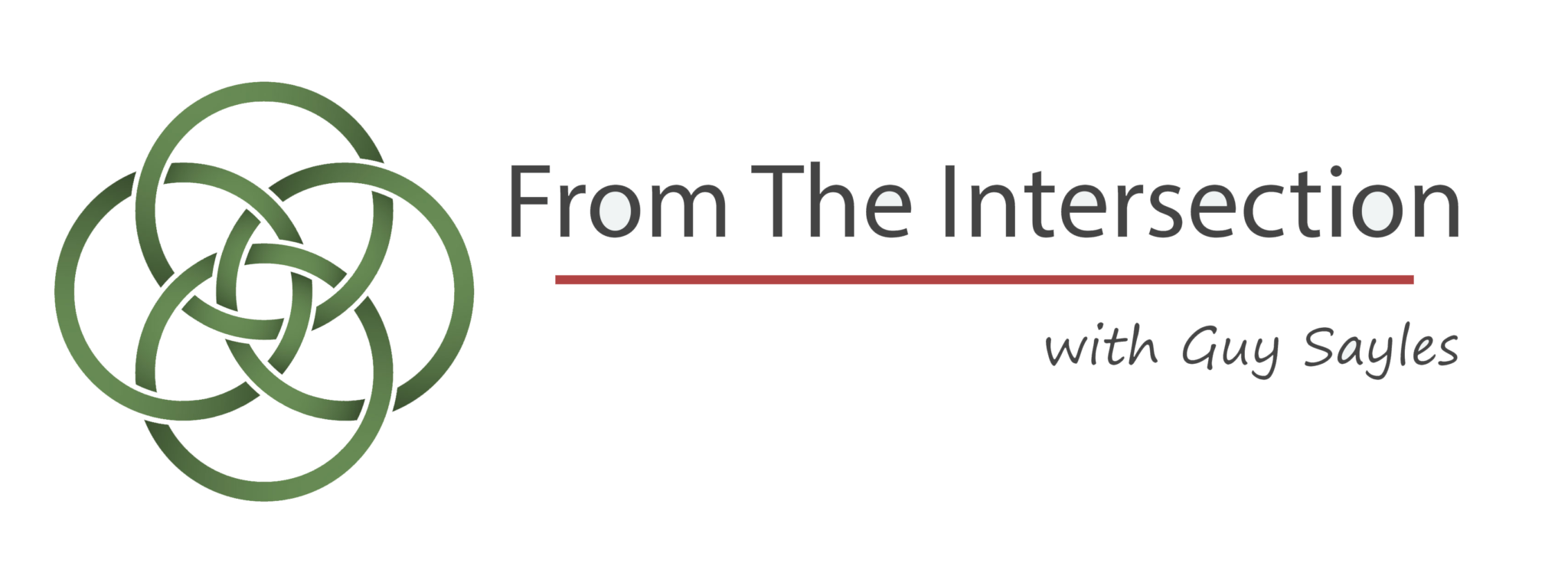Yesterday, we had the memorial service for my friend and, until her death, our current Deacon Chair, Dorothy Murphree. Dorothy was one of the most remarkable human beings I have ever known. She had a keen and agile mind, an insatiable curiosity, and a passion for learning. She had deep compassion for the hurts and struggles of other people, and finely-honed leadership skills. To say the least, we will miss her.
Earlier this year, on a Saturday afternoon, I called her home to check on her. Her husband, Garvice, answered, and I asked to speak to Dorothy. It took a few moments longer for her to get to the phone than it usually did, and when she said “hello,” she also said: “I was out on the back porch reading the Koran.” After a slight pause, during which I repeated her words to myself, I said, “Dorothy, I think it’s safe to say that you are the only Baptist chair of deacons who has said to her pastor this year that you were reading the Koran!” That’s just one of many stories I could relate about her intellectual curiosity and about her commitment to understanding people whose views and experiences were different from her own.
This summer, when Dorothy preached in our Wednesday Chapel series, she said:
Rabbi Jonathan Sacks of Great Britain, in his book The Dignity of Difference, reminds us that our supreme religious challenge is to see God’s image in one who is not in our image. (p. 60) . . . .
And how do we see “that Other One” as one of the faces of God? I think that we have to begin with an intentional mindset that we want to do it and then mentally and continually asked God to help us see with the eyes of Jesus. I am not talking about just looking for someone different to strike up a conversation with or invite home for lunch, but persons we see day in and day out in the ordinary course of living–persons who long to be acknowledged as persons of worth. Maybe they sit beside you on a bus, or at a park. Maybe they bag your groceries or hand you your dry cleaning or give you a deposit slip at the drive-in bank. Maybe they even sit beside you in a Bible study class but don’t have the courage to say: “My hurts are too great to share. But please see me. Touch me. Acknowledge me. Smile at me.
. . . My challenge still remains ever before me today in the words of Rabbi Sacks “to see God’s image in one who is not in my image.” Amen.
That challenge was also her vocation; it was at the heart and soul of who she was. As much as anyone I have ever known, she was able to see God’s image and likeness in diverse people. I believe it’s a crucial challenge and vital calling for all of us.
Discover more from From The Intersection
Subscribe to get the latest posts sent to your email.


Recent Comments